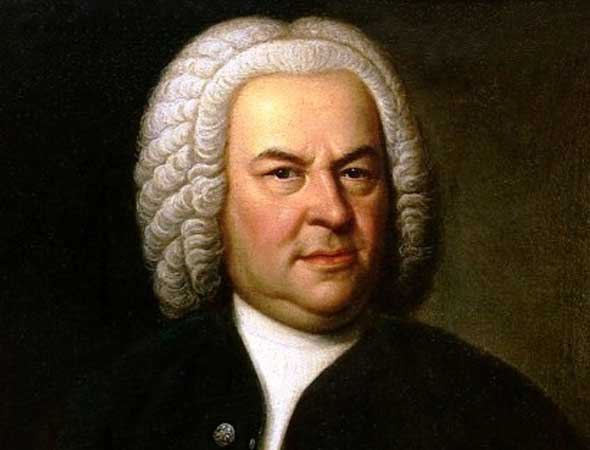J.S. BACH: Brandenburg Concerto No. 3
Bach lived until the modern-day retirement age of 65 and produced so much great music that even his admirers can lose sight of it all. To fanciers of the pipe organ, Bach is the wellspring: one of history’s greatest organists and composers of organ music, comprising perhaps a third of his total output. In oratorio he is the transcendent figure, composer of hundreds of sacred cantatas and three full-length oratorios that are acknowledged as high points of Western art. Which would be enough to establish Bach as one of the greatest composers of all time without even considering the secular compositions we hear most often in the concert hall—works such as his Brandenburg Concertos and orchestral suites.
According to tradition, Bach composed the Brandenburg Concertos as an unsuccessful job application, and as impossibly dramatic as that sounds, it is very close to the truth. We can trace this set of six concertos back to about 1719, when Bach, who was in his early 30s, needed a new harpsichord. On his way to Berlin to order the instrument, he took the opportunity to perform for the margrave of the region, Christian Ludwig. Then, as now, making a living as a musician was not easy, and composers relied upon the patronage of noble families and the church. Bach’s call upon the margrave had the desired effect, who commissioned several works. What happened after that is less clear, but it seems certain that the compositions were submitted and remained unpaid-for. Based on the instrumentation Bach employed in the set, it is likely that he based at least some of them on concertos he had written while Kapellmeister at Köthen or perhaps earlier, while at Weimar; such recycling was standard practice for composers. Whatever the reason, we know from Bach’s dedication page that he hoped the score would secure either a position in the margrave’s court or further commissions.

Johann Sebastian Bach
In a tribute of suffocating formality, Bach’s tone in addressing his prospective patron contrasts ironically with the texts of his religious cantatas and oratorios, which are simple and sometimes startlingly blunt; it seems Bach was on closer terms with God than with the margrave. “Don’t judge the works too harshly,” he asks the margrave; “remember how deeply I respect you.” After this submission, which seems unduly modest to us now, the scores lay ignored for more than a century without being played. They were discovered in the Brandenburg archives in 1849 and published in 1850.
As the most popular of the six concertos, Bach’s Brandenburg Concerto No. 3 may well be the most popular concerto grosso ever written. In form, these precursors of the solo concerto and the symphony have an appeal both visual and aural: two small groups of players, one larger and arrayed just behind the smaller group, play a suite typically comprised of three movements of alternating tempi, most often fast-slow-fast. We can see the roots of the more familiar solo concerto here: The smaller group of players, or concertino, can range from two to five instrumentalists and corresponds to the modern concerto soloist, while the larger group, or ripieno—usually a dozen players or fewer—takes the ensemble role. Together they form what we might think of as an ideally sized chamber orchestra, with the concertino taking solo lines and the ripieno providing the benefits of a larger ensemble. But while their voices remain separate, their interplay is less oppositional than we hear in Romantic concertos.
In the third Brandenburg Concerto, stringed instruments are featured: three each of violins, violas, and cellos. Though it is technically a three-movement work, modern listeners are sometimes startled to encounter the central movement, which consists of just a single measure. Known as a “Phrygian half-cadence,” it consists of just two connected chords, often extensively ornamented, that have been described as a “musical semicolon” that conjoins the moderately quick opening movement with the faster, more energetic finale.












